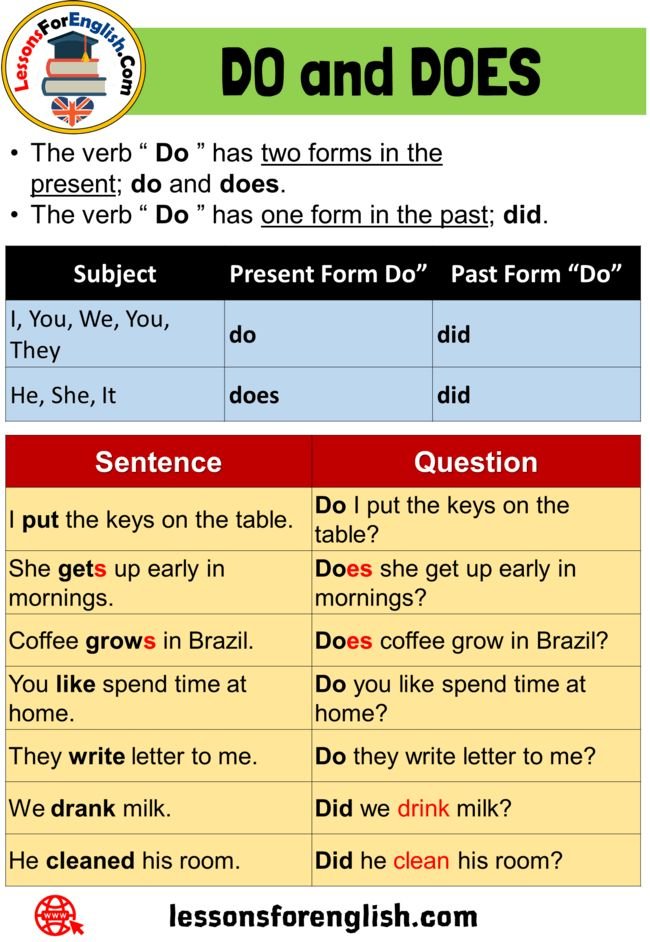
Encountering a deer in the wild is more common than you might think, especially in wooded areas or parks where they roam freely. These creatures are generally gentle and shy, but they can be startled easily. So, knowing how to handle such a situation can help ensure both your safety and that of the deer. Here’s a friendly guide on what to do when you come face-to-face with a deer.
Understanding Deer Behavior
Before jumping into how to act, let’s take a step back and understand a bit about deer behavior. Deer are generally skittish and prefer to avoid humans. If you encounter one, it’s usually because it hasn’t noticed you yet or it’s not feeling threatened.
Here’s the thing: deer communicate using body language. If it’s alert and looking directly at you with its ears perked up, it’s assessing the situation. You might notice it snorting or stamping its front foot, trying to signal that something doesn’t feel quite right. This is your cue to move carefully.
It’s also important to know that deer are most active during dawn and dusk. So, if you’re out during these times, keep your eyes peeled!
Stay Calm and Still
If you find yourself in a close encounter with a deer, the first step is to stay calm. Honestly, deer can pick up on your energy. If you’re panicking or moving erratically, it may startle them. Instead, take a deep breath, and hold still.
Let me explain: by standing still, you decrease the chances of scaring the deer away. Often, they’ll just watch you for a bit, trying to understand what’s happening. Think of it like a staring contest—sometimes the deer will decide you’re not a threat and go back to munching on the grass.
In this moment, avoid direct eye contact. It might seem odd, but focusing too intensely can signal a threat. Instead, look slightly away while remaining aware of its movements.
Make Your Presence Known
Once you’ve calmed down, it’s important to make your presence known to the deer in a non-threatening way. You can gently raise your hands or speak softly to let the animal know you’re human and not a predator.
You might be wondering how to do this without startling the deer. A gentle wave can work wonders. Just remember—no sudden movements! Any abrupt gestures can scare the deer off faster than it takes to say “nature.”
Additionally, if you’re in a group, have everyone else do the same. This collective calm can show the deer that you mean no harm. Often, they’ll feel more at ease with a larger presence that isn’t moving aggressively.
Maintain a Safe Distance
Once you’ve alerted the deer to your presence, it’s crucial to maintain a safe distance. Approaching a deer can lead to various problems, both for you and the animal. Deer can become aggressive if they feel cornered or threatened.
Here are a few tips on how to keep a respectful distance:
- Stay at least 50 yards (about 150 feet) away, if possible.
- Observe from a distance, using binoculars if you want a closer look.
- Never attempt to touch or feed the deer.
By keeping your distance, you allow the deer to feel safe while satisfying your curiosity about these beautiful creatures.
Know When to Leave the Area
Sometimes, the best course of action is simply to leave the area. If the deer appears stressed, such as stomping its feet or repeatedly snorting, it’s a sign that it wants you to back off.
Here’s the thing: deer can be protective of their young, especially during the spring when fawns are born. If you spot a fawn by itself, it’s best to back away and leave it alone. The mother is likely nearby and will return for her young when she feels it’s safe.
When leaving, do so slowly and quietly. Sudden movements can frighten the deer, potentially causing it to flee into the road or other dangerous areas.
What Not To Do in a Deer Encounter
While it’s good to know what actions to take, it’s just as important to know what not to do. Here are some key points to remember:
- Avoid chasing or following the deer.
- Never attempt to feed them, as it can alter their natural foraging behavior.
- Do not provoke the deer, even if you’re feeling brave. They have sharp hooves and can kick if they feel threatened.
Understanding these boundaries helps ensure both your safety and the well-being of the deer.
Celebrating the Experience
Encountering a deer in the wild can be a magical moment. After the encounter, take a moment to celebrate your experience. Maybe jot down what you saw in a journal or share it with friends.
Nature is full of surprises, and each interaction with wildlife can teach us something new. Whether you were able to simply observe the deer or had a close encounter, remember that these moments are part of the beauty of being outdoors. They remind us of the wildness and wonder of our environment and how we can coexist with the creatures that inhabit it.
Final Thoughts
Meeting a deer in the wild is a joyful yet nerve-wracking experience. By staying calm, keeping your distance, and showing respect for the animal, you can make the most of the encounter. Just remember to approach gently, let the deer know you’re there, and allow it to feel safe.
In the end, these moments in nature are precious. They remind us of the beauty around us and the importance of treating wildlife with kindness and respect. So next time you’re out and about, enjoy the experience, and maybe you’ll have a deer encounter of your own!

